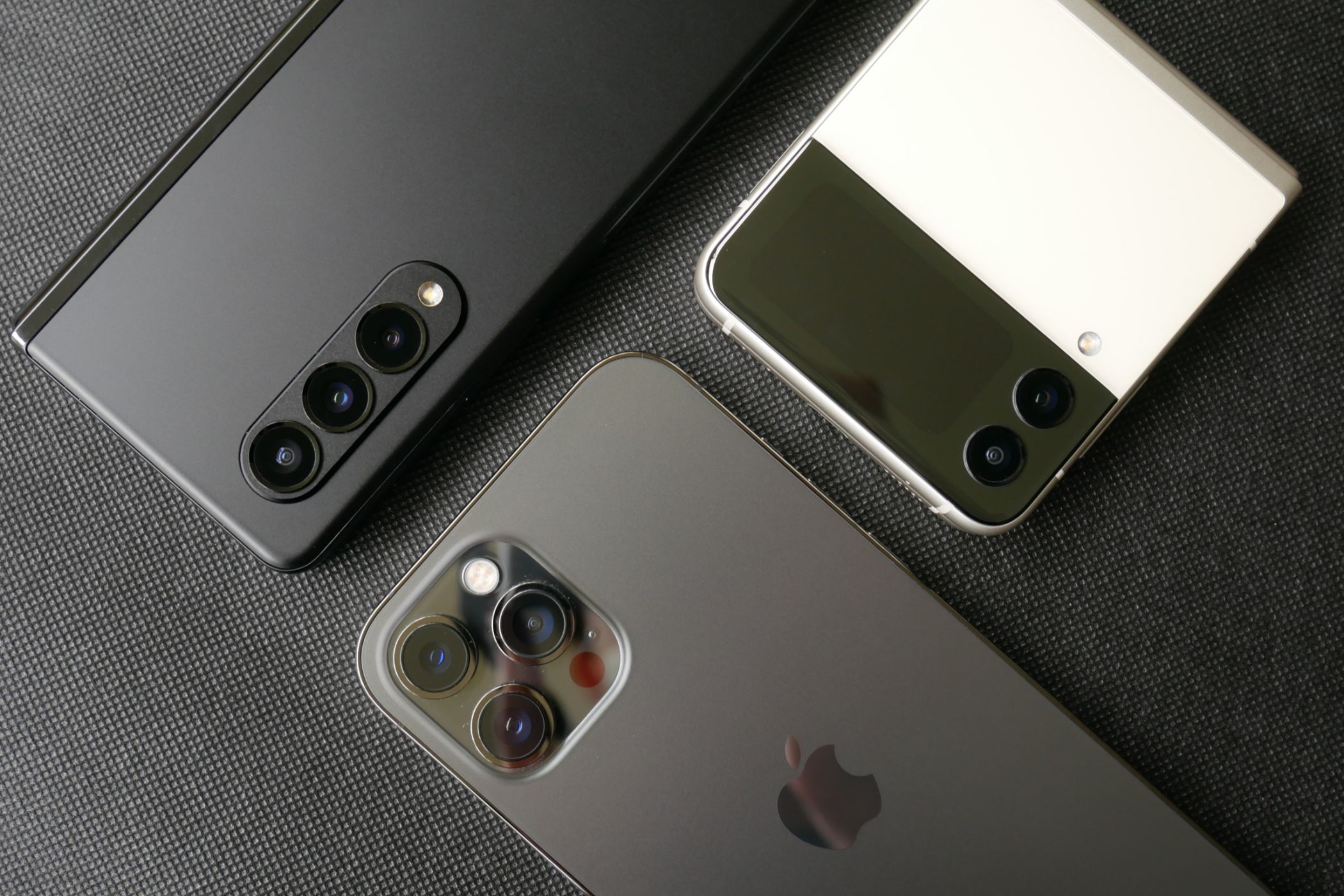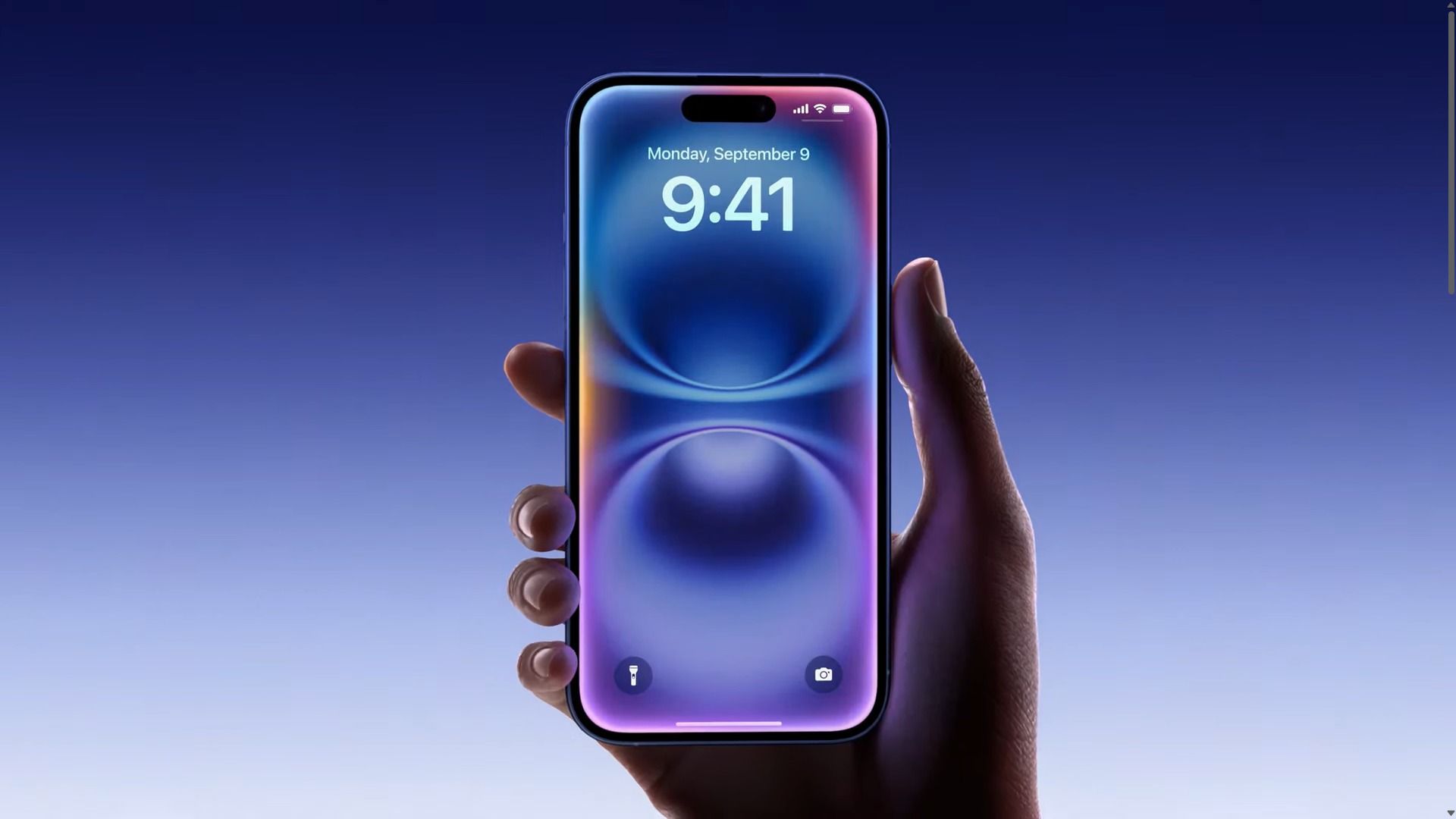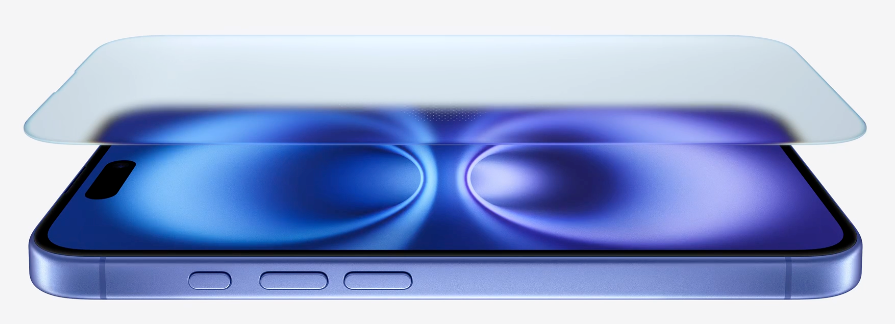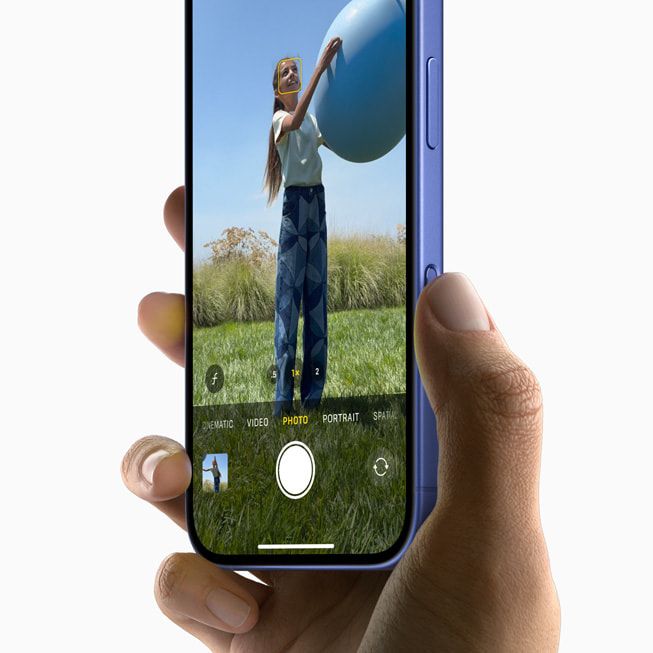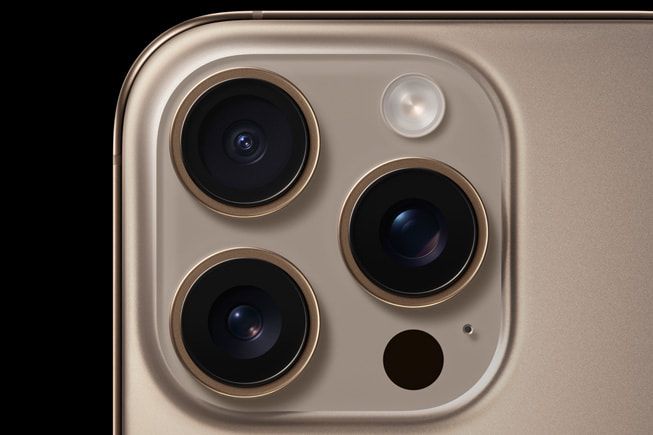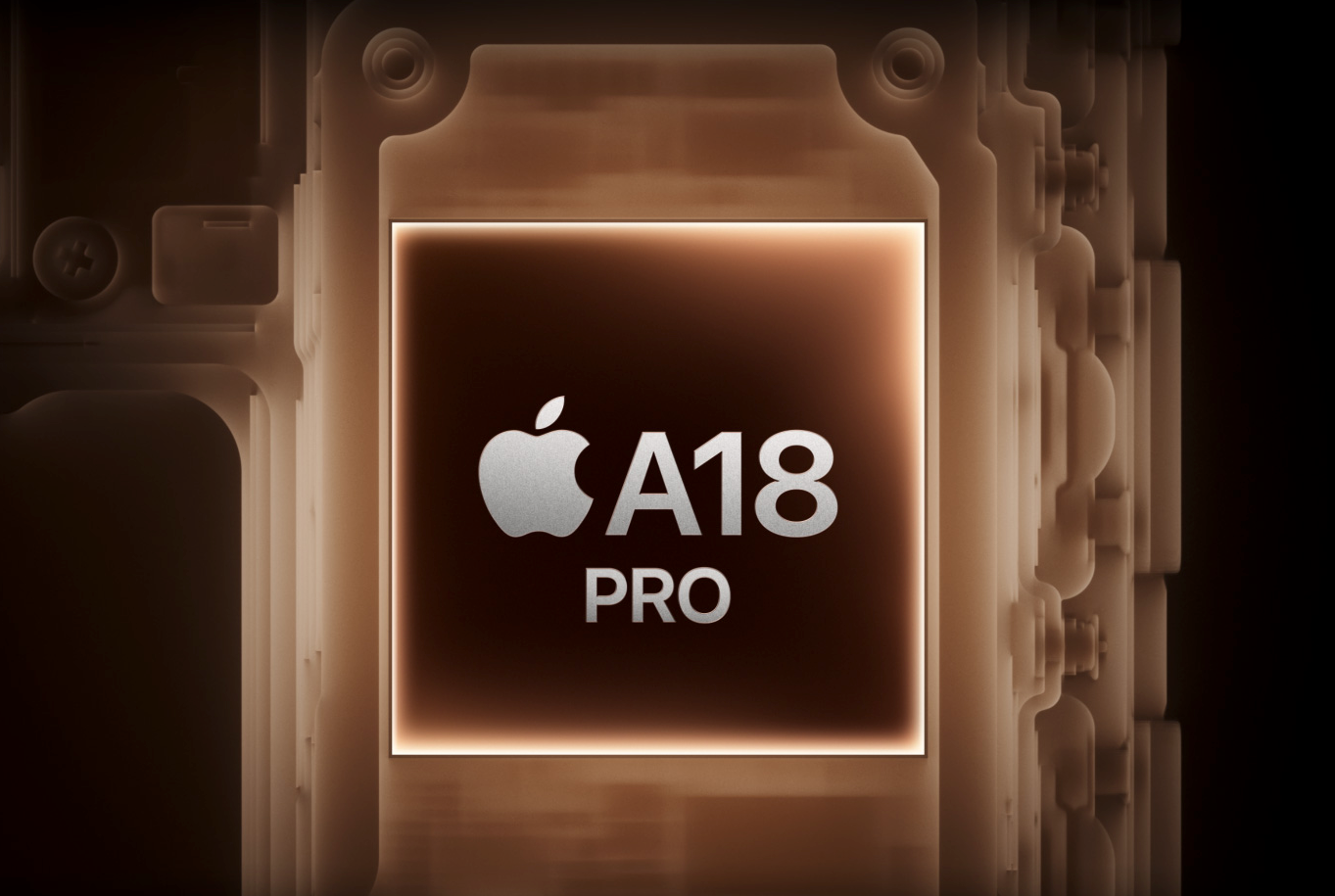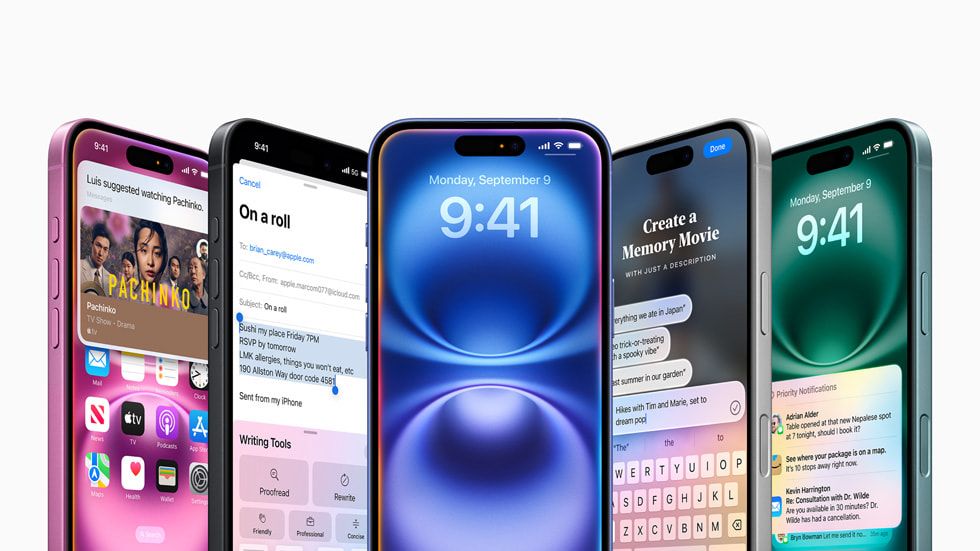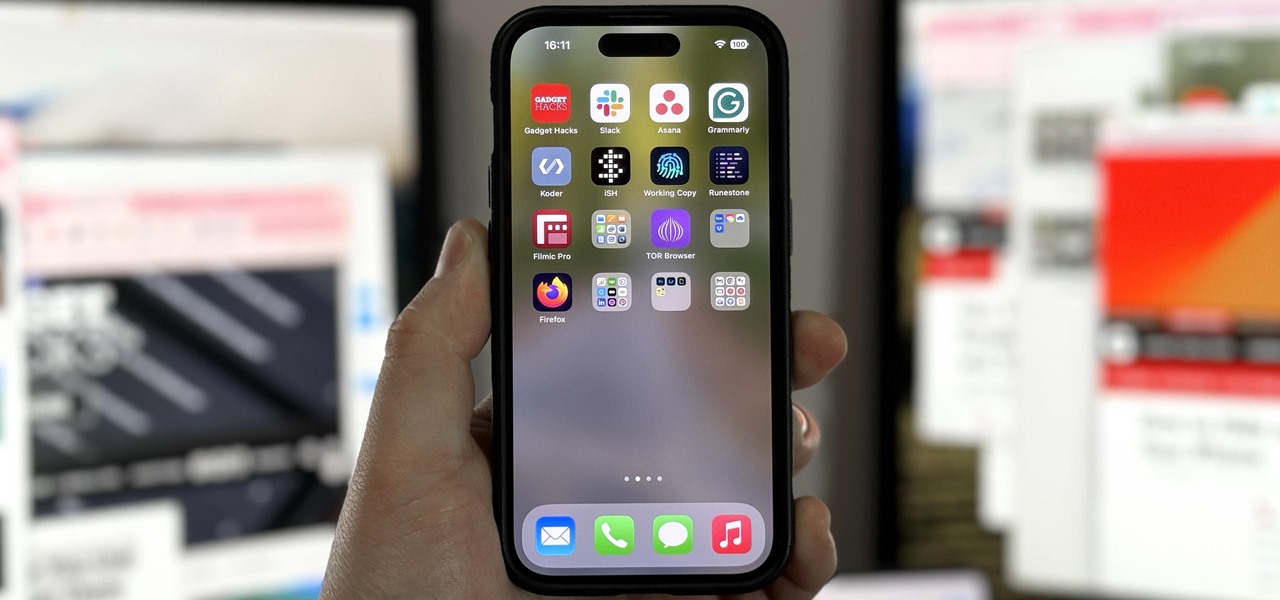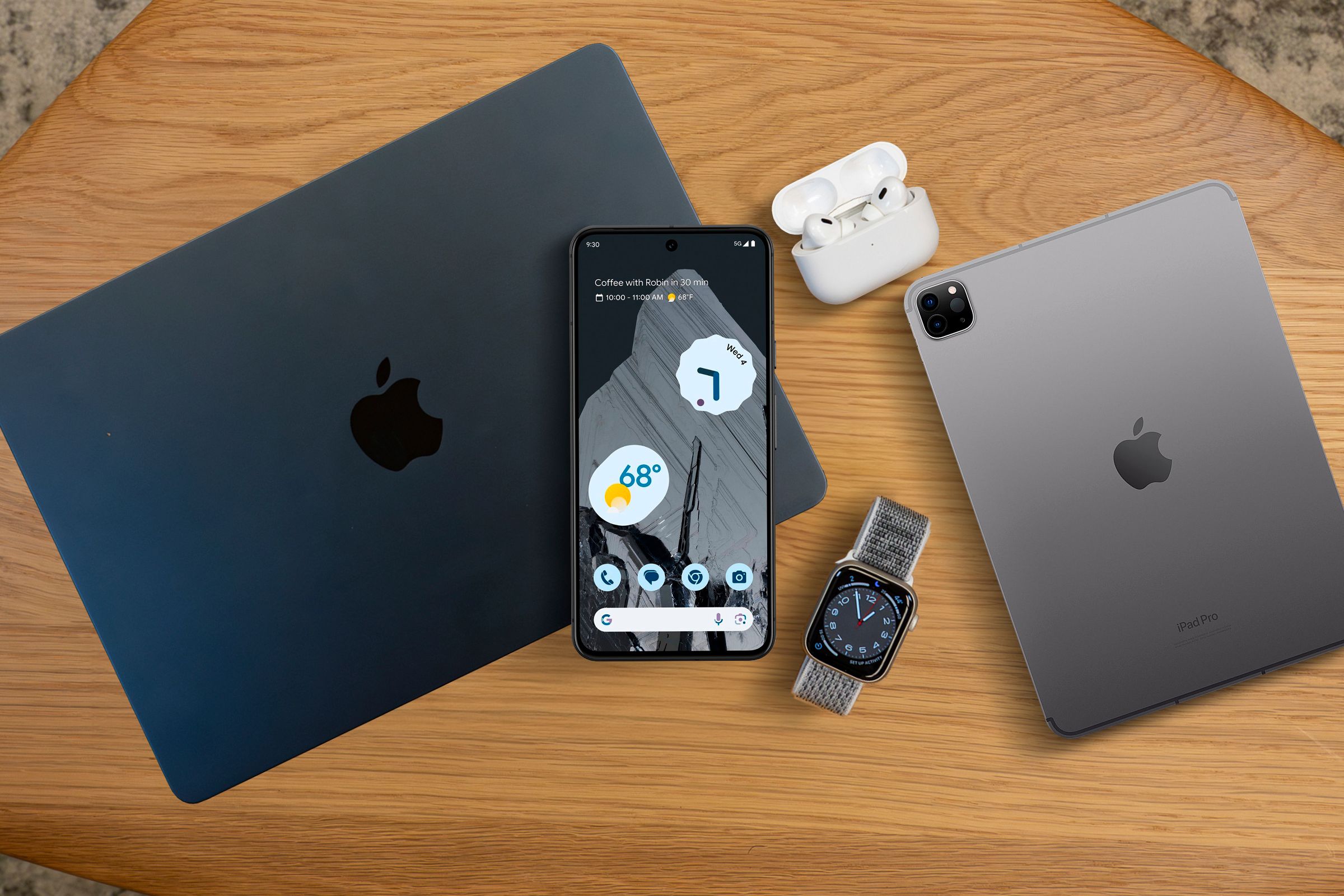iPhone 16 Plus vs. iPhone 16 Pro Max: Big Phones, Big Decision
iPhone
Quick Links
-
Both Are Big, But the iPhone 16 Pro Max Is Larger
-
The iPhone 16 Pro Max Display Is Still Superior
-
The iPhone 16 Plus Has Improved Cameras But Still No Telephoto
-
Both iPhones Have Great Battery Life
-
The iPhone Pro Max Gets Slightly Better Performance
-
Apple Intelligence Is Now a Common Feature
-
The Pro Max Comes at a Premium Price
You already know you want a big iPhone, but which of Apple’s larger models is right for you? The newest releases come with some big differences in terms of features and price that you should consider before making a decision.
Both Are Big, But the iPhone 16 Pro Max Is Larger
Though the iPhone 16 Plus and the iPhone 16 Pro Max are the bigger options of their own models respectively, the iPhone 16 Pro Max features a larger display than the Plus model, making it the largest display ever on an iPhone.
The iPhone 16 Plus has a 6.7″ display, whereas the iPhone 16 Pro Max’s display is a whopping 6.9″. Though not a massive difference, if you are looking for the very biggest iPhone available, you’ll want to pick up the Pro Max.
Material and color options vary between these two models as well. The iPhone 16 Plus is made of aluminum, with a color-infused glass back. Conversely, the iPhone 16 Pro Max is made of Grade 5 titanium, with a textured matte glass back.
The titanium build makes the Pro Max phone stronger while still remaining relatively lightweight. If you are someone looking for a more premium build, you’ll likely appreciate the titanium used in the iPhone 16 Pro Max.
Color options differ between the two as well. The iPhone 16 Plus comes in black, white, pink, teal, and ultramarine. The color of the iPhone 16 Pro Max’s titanium finish comes in black, white, natural, and desert. If you are more interested in a vibrant, eye-catching color for your iPhone, the iPhone 16 Plus is the way to go.
The iPhone 16 Pro Max Display Is Still Superior
The iPhone 16 Pro Max’s display is larger than the one on the iPhone 16 Plus, made even more apparent by slimmer bezels. Both phones have a Super Retina XDR display, plus a tougher Ceramic Shield for 2024 to protect them.
Though these both feature excellent, bright displays, the iPhone 16 Pro Max does enjoy a few upgrades over the iPhone 16 Plus. Primarily, ProMotion technology on the Pro Max allows the screen to refresh up to 120 times per second, compared to 60 on the iPhone 16 Plus. This results in a smoother, cleaner feel whether you’re swiping around the home screen or using more graphics-intensive situations.
Furthermore, the iPhone 16 Plus lacks the Always-On Display support found on the iPhone Pro models.
While a heavy iPhone user looking for a superior user experience will likely feel something is missing without ProMotion and larger bezels, for the average user, the iPhone 16 Plus’s spectacular screen won’t feel sub-par either.
The iPhone 16 Plus Has Improved Cameras But Still No Telephoto
Cameras got a lot of love with the release of the iPhone 16 lineup. In fact, one of this generation’s stand-out features is the new Camera Control. This new button grants instant access to the camera, as well as acting as a dedicated shutter, and allows users to control camera settings by sliding up and down on the sensor.
Both the iPhone 16 Plus and iPhone 16 Pro Max come with this new feature, as well as the Action Button introduced last year, which previously only existed on the Pro models.
The iPhone 16 Plus uses a dual-camera system, featuring the new 48MP Fusion lens as well as a 12MP Ultrawide, with six times optical zoom range. Camera upgrades from the previous generation allow this model to take macro photos, as well as spatial photos and videos, which are specialized for viewing on the Apple Vision Pro. This camera also supports improved Photographic Styles.
The cameras on the iPhone 16 Pro Max are a pretty significant upgrade from non-Pro models. Not only do they include a third, telephoto lens, but the second Ultra Wide camera is 48MP, and the camera system is capable of up to 5x zoom range.
This allows for higher-quality macro photography on iPhone 16 Pro Max. The iPhone can also shoot in Dolby Vision, with 4K quality up to 120 fps. This is the best quality ever on an iPhone, and can make for truly cinematic slow-motion videos.
For someone looking for the best of the best photos and videos, you’ll probably want to go with the iPhone 16 Pro Max. This isn’t to say that the iPhone 16 Plus’s camera system is bad by any means, as both phones have a 48MP main camera and can take truly incredible shots. But for the best of the best in iPhone photo and video, the Pro Max might be worth the extra investment.
Both iPhones Have Great Battery Life
Having a larger phone doesn’t just come with the benefit of a larger screen, but leaves more room for a bigger battery, too. While the base iPhone 16 is stated to have up to 22 hours of video playback, both the iPhone 16 Plus and iPhone 16 Pro Max take battery longevity to the next level.
On iPhone 16 Plus, Apple states you can expect up to 27 hours of video playback. On the iPhone 16 Pro Max, this number goes up to 33 hours. There are plenty of situations where that extra juice could seriously come in handy, so if battery life is a big concern, the iPhone 16 Pro Max is worth considering.
The iPhone Pro Max Gets Slightly Better Performance
The iPhone 16 Plus comes with the new A18 chip, including a six-core CPU and five-core GPU. This chip also supports hardware-accelerated ray tracing, meaning that games which support the feature should run smoothly. Ultra-graphics mode, coming to iPhone 16 later this year, will make this chip’s performance shine.
The iPhone 16 Pro Max uses an A18 Pro chip and has an extra GPU core compared to the iPhone 16 Plus. Apple says this is the fastest CPU available on any smartphone and can run the same workload as an iPhone 15 while using 20 percent less power.
The iPhone 16 Pro Max’s advanced chip is the driving force behind technology like the Always-On Display, ProMotion, ProRes video, and USB 3 speeds. Both chips are lightning-fast, and most users will be just fine with the performance offered by the iPhone 16 Plus. If you’re looking for that little bit of extra power, the iPhone 16 Pro Max delivers.
Apple Intelligence Is Now a Common Feature
It’s important to note that every iPhone 16 is built around the use of the Apple Intelligence framework, so no matter which choice you make, you’ll be able to access those new features. Both chips have a 16-core Neural Engine specifically optimized for generative models.
Though the iPhone 16 Pro Max is able to take advantage of some extra Apple Intelligence optimizations, such as within the Pro Camera System, key features are available on all iPhone 16 models.
The Pro Max Comes at a Premium Price
The iPhone 16 Pro Max does sport some significant improvements over the iPhone 16 Plus, but these upgrades do come at a cost. For the 256GB models, the iPhone 16 Plus comes at a cost of $999, while the iPhone 16 Pro Max costs $1,199. The iPhone 16 Pro Max is not available in the 128GB configuration, but you can get an iPhone 16 Plus in this configuration for $899.
All in all, the decision between the iPhone 16 Plus and the iPhone 16 Pro Max comes down to whether or not you feel that the Pro features justify the $200 increase in price.
|
iPhone 16 Plus |
iPhone 16 Pro Max |
|
|---|---|---|
|
128GB |
$899 |
– |
|
256GB |
$999 |
$1,199 |
|
512GB |
$1,199 |
$1,399 |
|
1TB |
– |
$1,599 |
Despite the larger display, upgraded camera, better chip, and other premium iPhone Pro Max features being notable, the iPhone 16 Plus doesn’t come off too badly in comparison. If you have your heart set on the best of the best, and these upgrades would significantly improve your iPhone experience, the Pro Max might be worth it for a no-compromise experience.
-
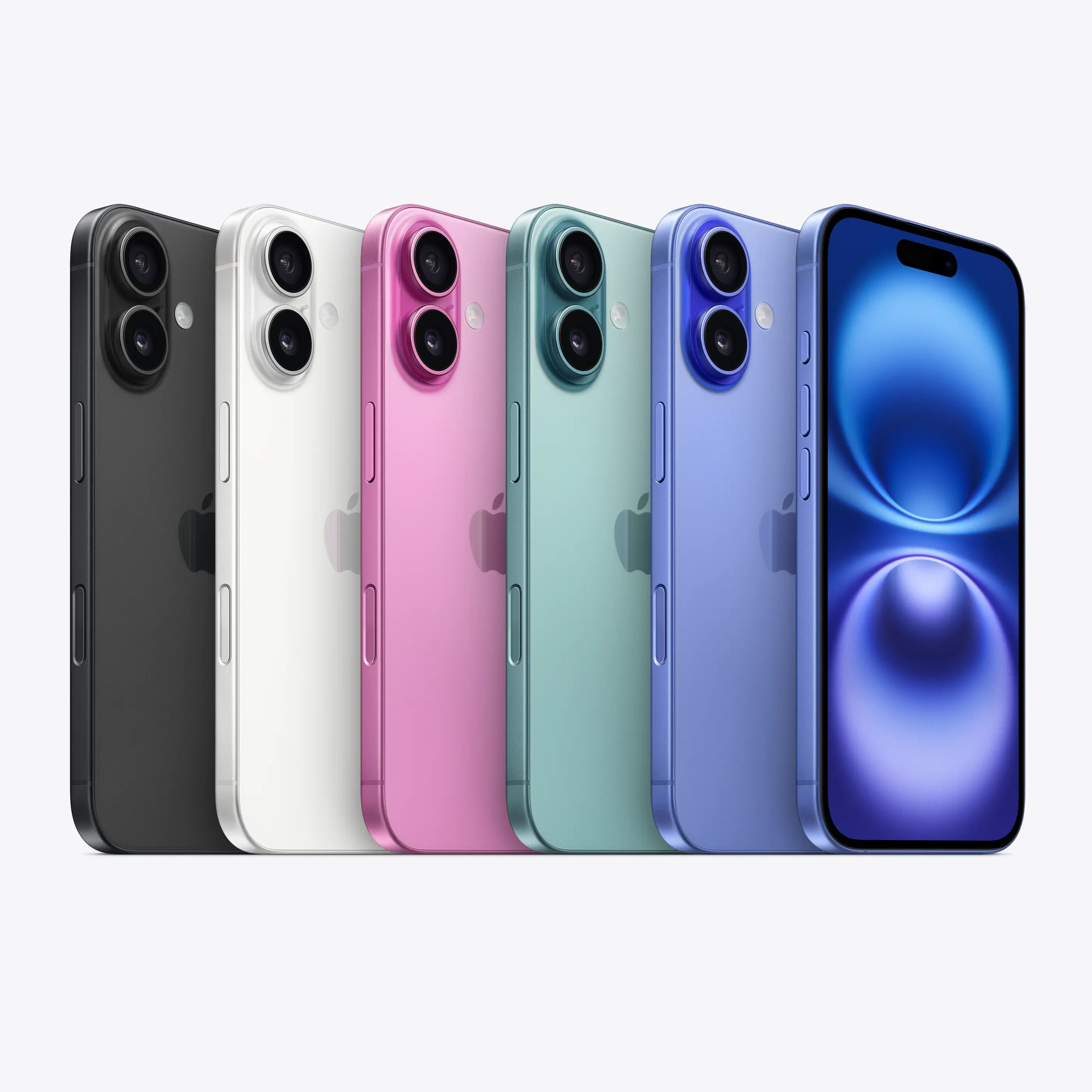
Apple iPhone 16
Apple’s newest iPhone featuring a camera button, programmable action button, and artificial intelligence features.
-
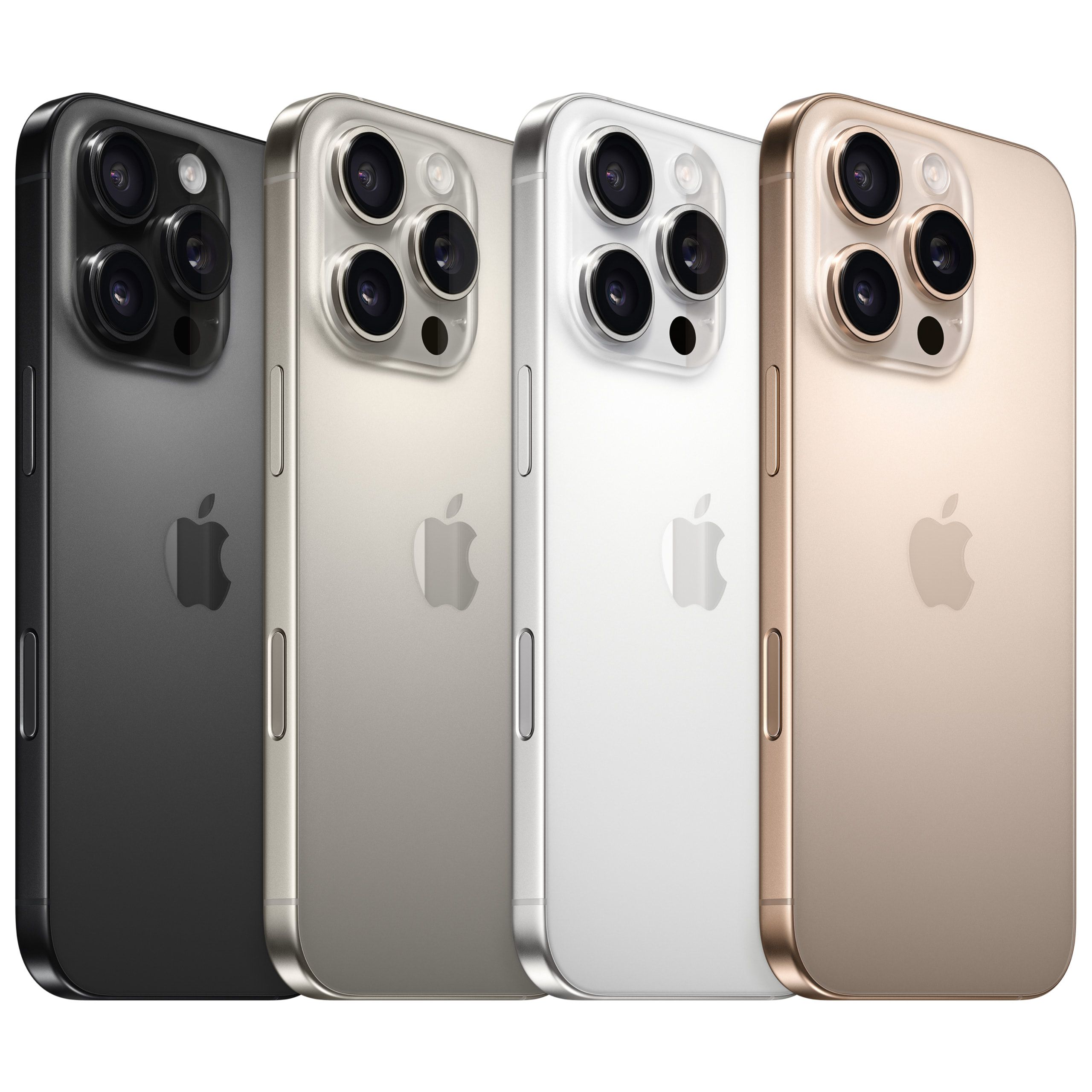
Apple iPhone 16 Pro
A version of Apple’s newest iPhone with a larger screen featuring a camera button, a programmable action button, and artificial intelligence features.










